14 days of quarantine after returning from France luckily ended on 5 September which enabled a late-evening dash to the allotment to dig up various vegetables for entry in the Allotment Show the following morning. Having been in France for a fortnight in August, followed by quarantine, the allotment was in quite a state but I decided to try my luck with some Carolus maincrop potatoes, St Valery carrots and some Sturon onions.
The potatoes scrubbed up well and likewise the carrots, which were fortunately of a similar size despite not being thinned out, and the onions had ripened quite well in the sun but were not particularly large. Some raffia tied around the onion necks smartened them up a bit and so by Sunday morning they were all ready to put on display.
The competition was fierce and so imagine my surprise when the judge, Catherine Cox, awarded first prize to my potatoes and carrots, and second prize to the onions! The onions were well beaten, in true World War 1 style, by a lovely duo of red onions called The Red Baron.


The Show was a great success and included a sale of cakes and jams, followed by a delicious barbecue organised by Trevor Barwood, the Allotment Association’s Chairman. All credit to Trevor and his fellow committe members for organising the Show.
The allotment has done well overall in its first 6 months, but inevitably there have been winners and losers. The broad beans were excellent and also the Swift early potatoes, despite going in very late. The maincrop Carolus potatoes have done well, with very little watering, but they have proved very difficult to cook – boiling them makes them disintegrate but they are good when roasted or baked. The carrots and beetroot have also done well. The real success has been the Purple Tepee French Beans which have cropped continuously since mid-June, with yet another huge picking made on 26 September. They taste good too, turning green whilst being boiled and completely stringless. On the other hand, the losers have been the early spinach which bolted very quickly, the Saladin lettuces were disappointing and the climbing French Beans, Hunter, decided not to climb a great deal.
A range of brassicas were grown from seed – purple sprouting broccoli, sprouts, Spring cauliflower and Greyhound cabbage and it remains to be seen how these fare – the first cabbages have been cut and are delicious but are the pigeons waiting to pounce?
Having entered 2 videos so far to Gardeners’ World, without success, will it be third time lucky? Somehow I doubt it given the very professional entries which have been shown so far but given a nice day on 22 September, the first day of Autumn this year, I thought I would give it another try. Here it is:
https://photos.app.goo.gl/6H7S3tmTgg822srP6
The big news is that I have decided to take on the remaining half of the allotment. This was started by a couple in the village who decided not to continue and so it is in the process of being cleared, awaiting rotavating or even ploughing. It was in a terrible state and has hidden layers of material which was once meant to smother weeds but which now acts as an anchor for the prolific marjoram plants which cover the area. It will be interesting to see how the rotavator / plough copes with this. But what to put on the plot? That is the question – ideas on a postcard please. No need for more veg, except perhaps sweet corn next year, and so bulbs, flowers for cutting, a wild flower area and fruit bushes might go in. This is the shape, so feel free to make suggestions!

Looking forward to munching our way through Boris’s 6 months of effective shutdown with plenty of carrots, beetroot, cabbages, sprouts and leeks coming on stream. No shortage of vegetables at Christmas, that’s for sure, but will we have anyone to help us eat them?
Grandpa Martin
27 September 2020












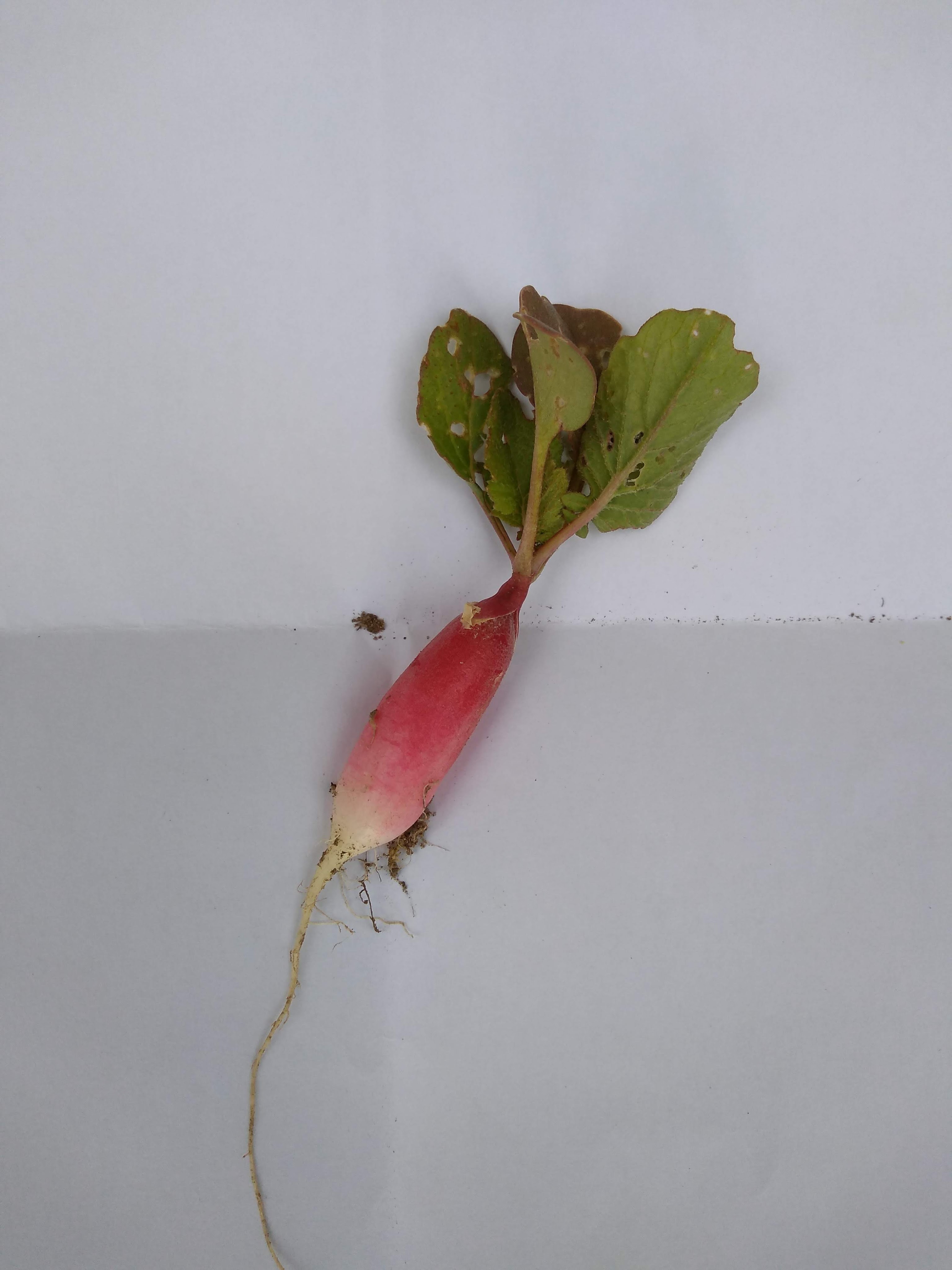
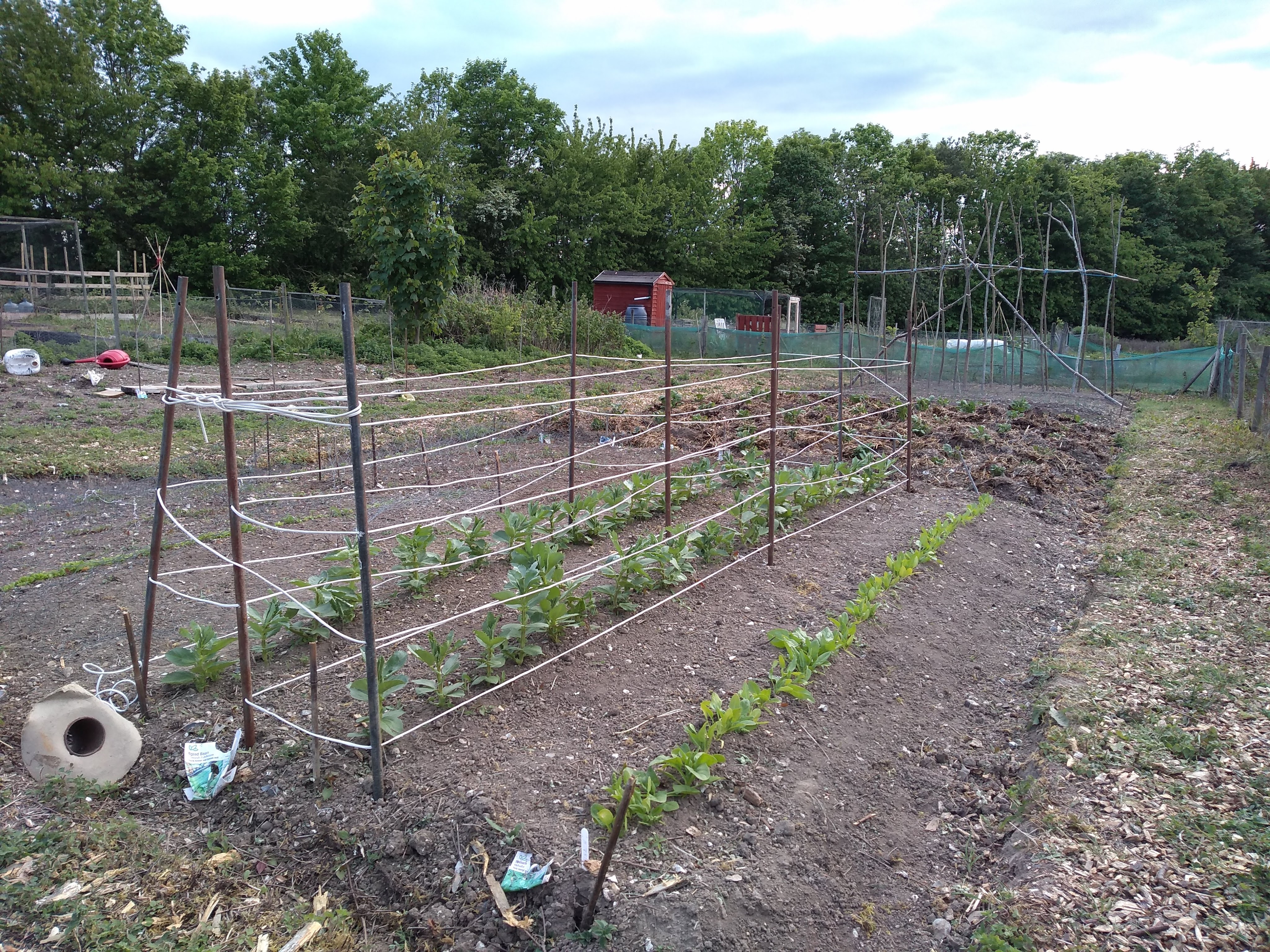







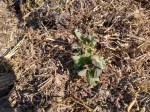





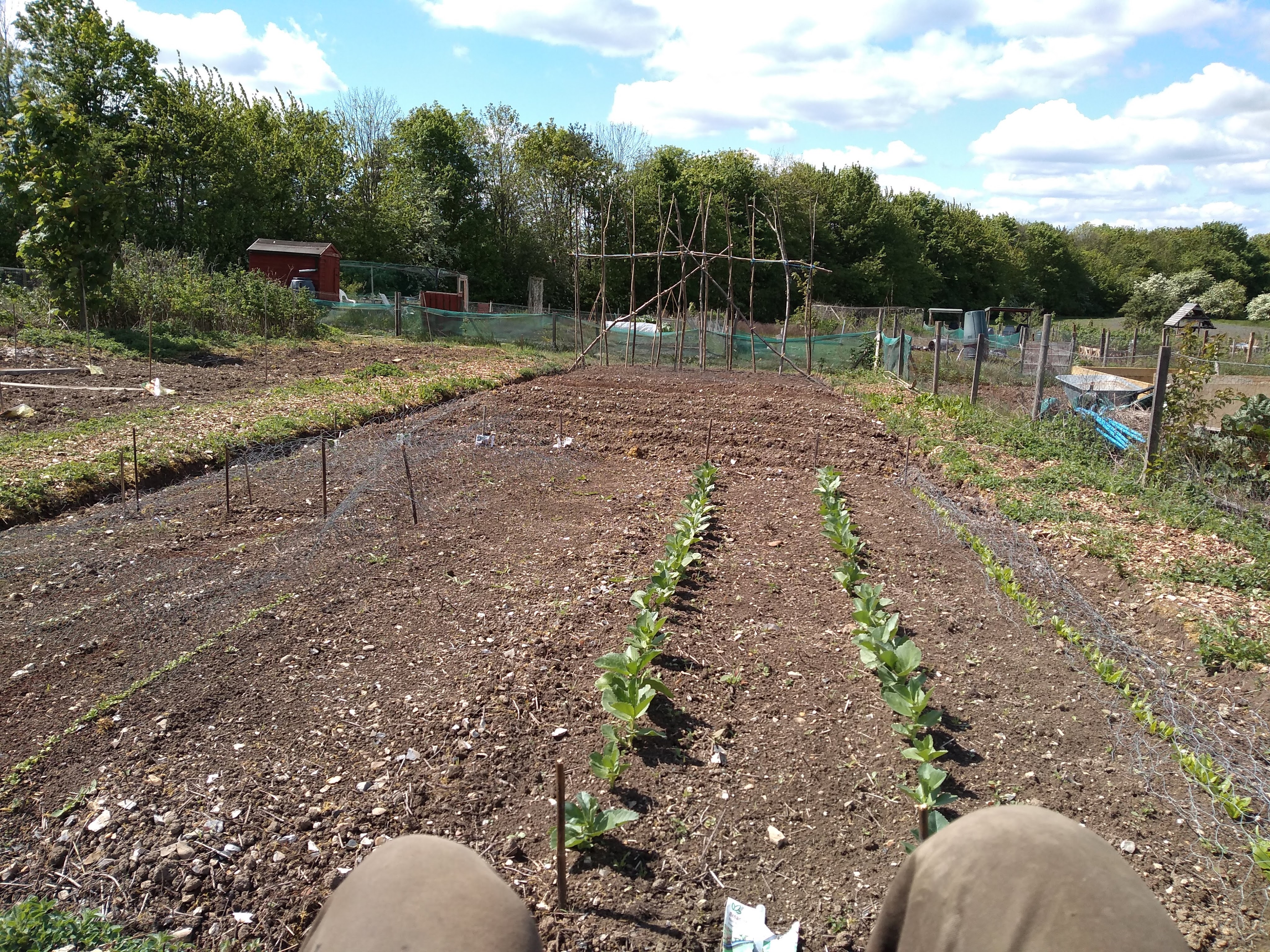


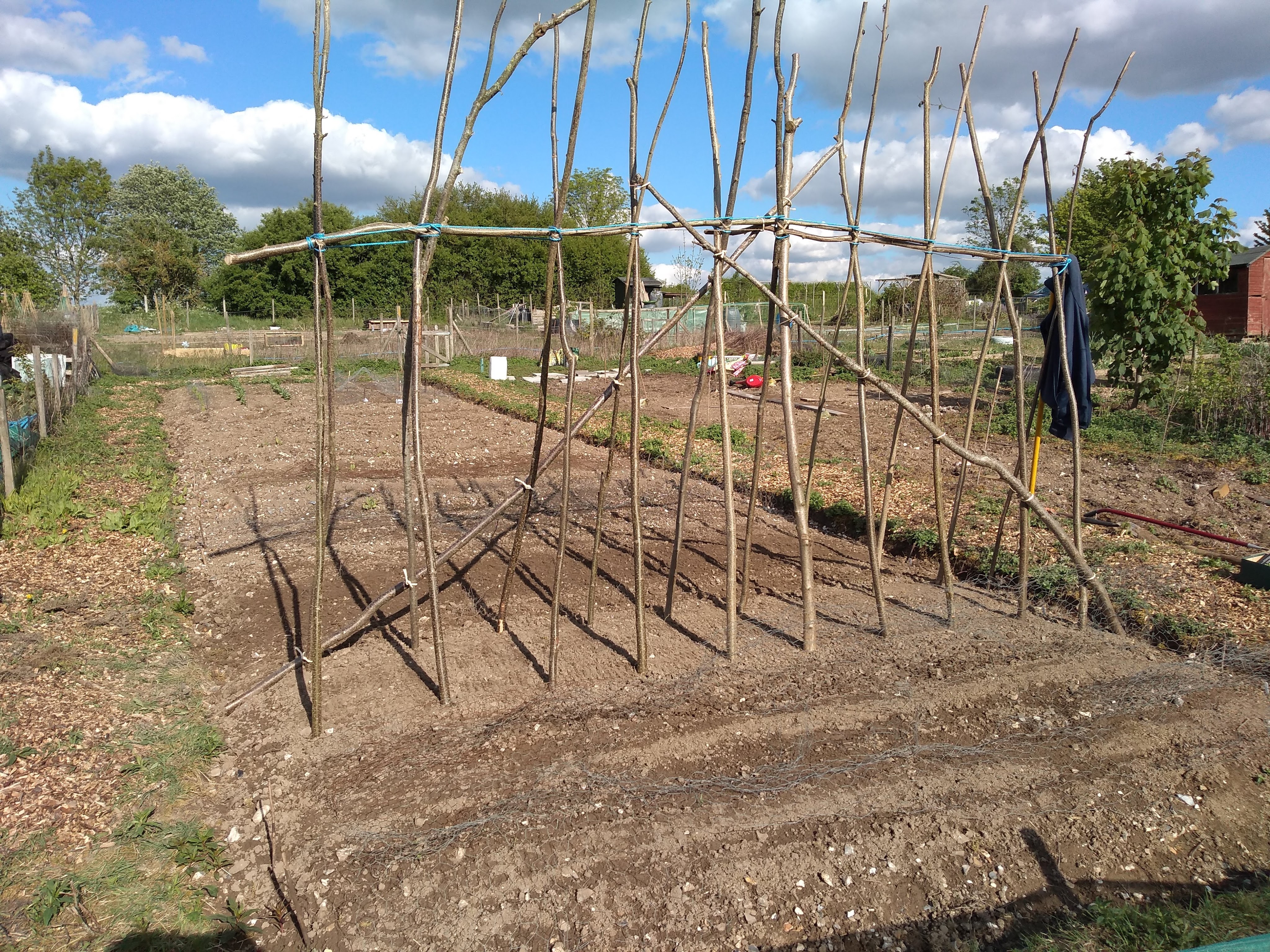





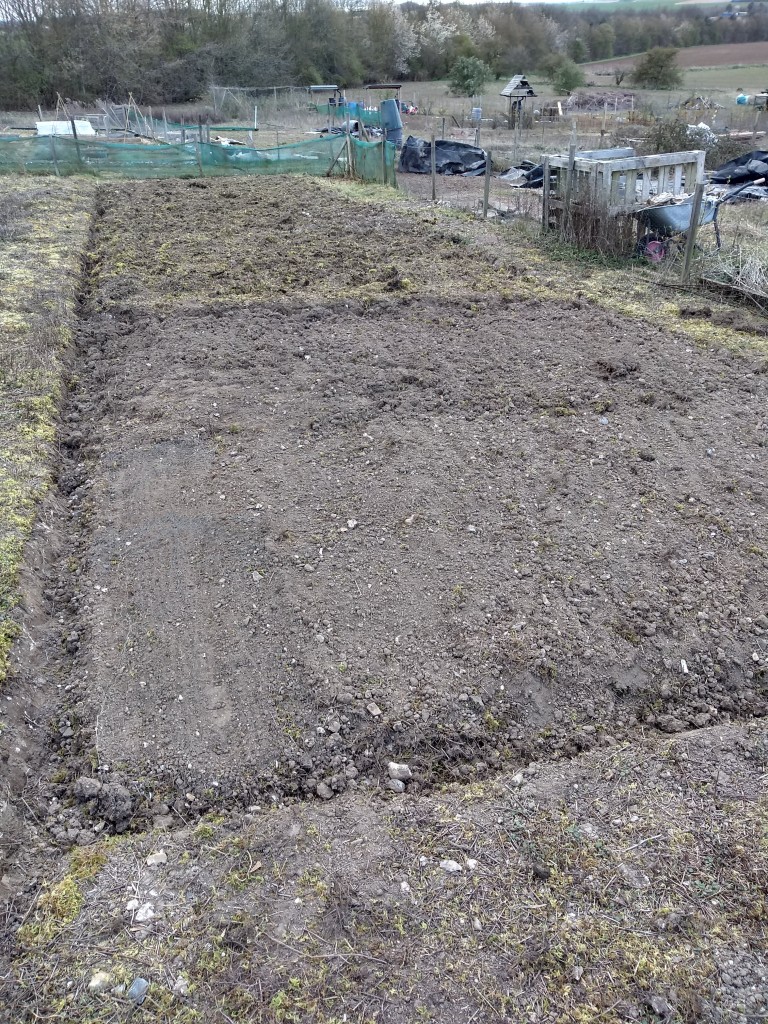

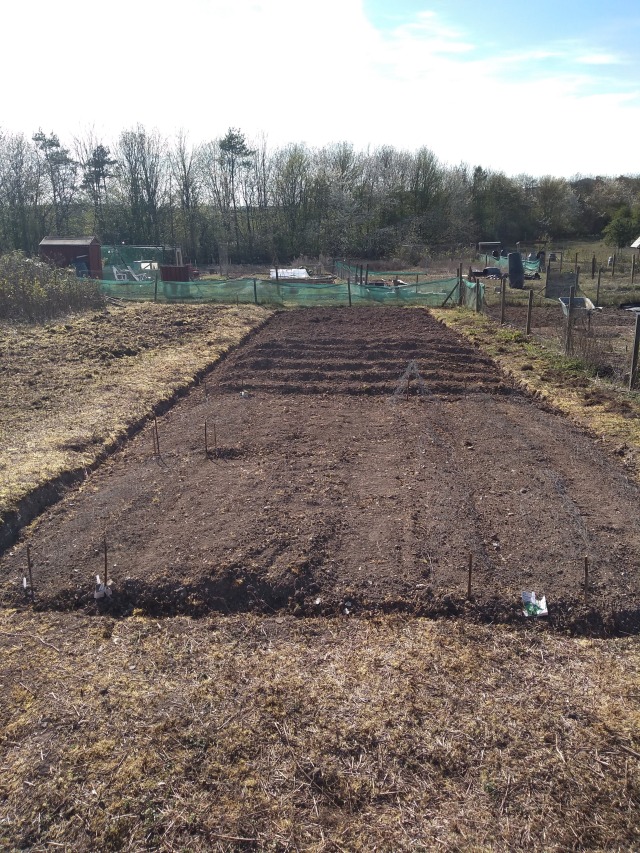 Six rows of maincrop potatoes also planted in North South rows, likewise the carrots. The rest is East West so far to give the spinach some shade.
Six rows of maincrop potatoes also planted in North South rows, likewise the carrots. The rest is East West so far to give the spinach some shade.